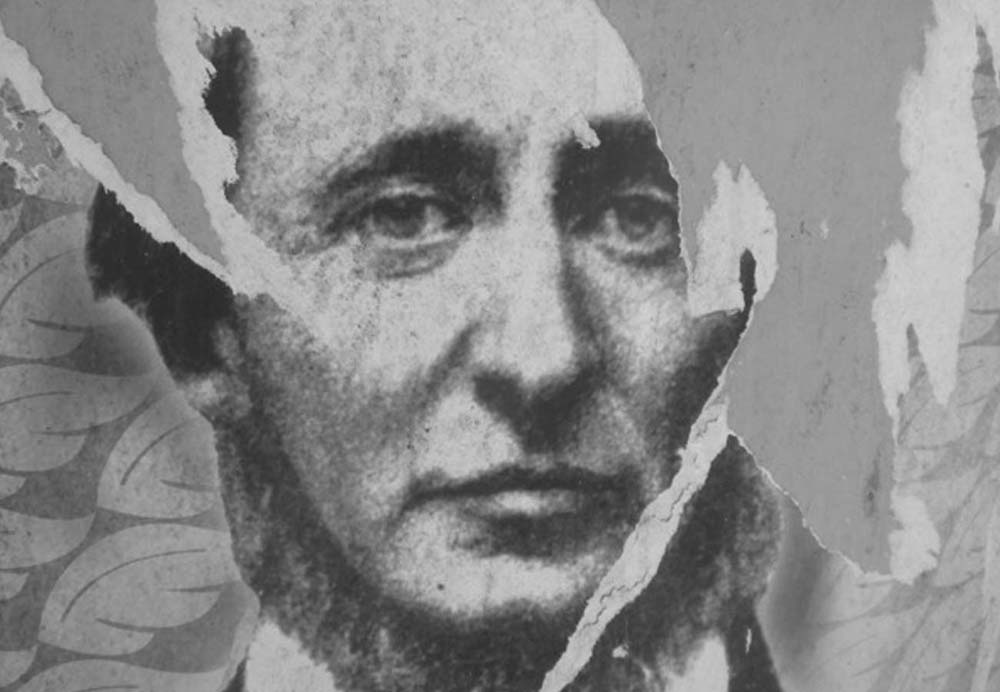
Graffiti and Context
Venice Beach, California is famous for its boardwalk, skateboarders, body builders, single line skaters, surfers, beach, waves, bars, cafes. So this image of an 18th gentleman with his high collared shirt and black cravat is jolting in a fun way, so out of context. This formal portrait of whiteness, maleness and privilege could be hanging in a museum or library, framed in gold. Maybe it is. But here it’s plastered onto a metal container surrounded by dead grass and oil stains on the asphalt street.
Something about the juxtaposition is so pleasing. We feel surprise and pleasure. This graffiti is art because the dislocation is intentional. It can be provocative, political, a form of resistance, a celebration, an assertion, a complaint.
Our writing must do the same thing. Should give this pleasure, this surprise. Lifting and placing in a new location is part of our job as writers, partly because it’s central to our experience as human beings.
Dislocation can be massive. Our character can be one of over 281 million migrants now in the world. Or it can be minute. A surprising circumstances, a decision to take a new path. Dislocation and relocation can be profound or momentary in our work. Willed or involuntary. External or entirely internal but we’ve got to have it.
Deliberate dislocation is what makes this image so great. The initial action of the graffiti artist was deliberate. What image? Where to display it? What juxtaposition? The photographer’s capture is also deliberate. What stays in the shot, what’s cropped?
When you walk around your city, or take the bus, the train, the subway, notice graffiti. Record what you see. If it’s writing on warehouses you pass traveling south on a Friday on Caltrain from San Francisco to Redwood City, notice the different signature styles, the assertion of ideas, the personal identity marks. Notice the locations. And be sure to notice what you notice. Notice your reactions.
It’s when we notice what we notice that we step closer to telling the story that only we can tell. That we come closer to making not more stuff, but art.
Exercises
- Write a flash piece where your character encounters this graffiti. 500 words or less.
- Graffiti almost always, in my experience, testifies to conflict. Social, political, economic, personal. Take 20 minutes and complete the following sentences. Cause your character to experience dislocation based on one of your answers.
I’m in conflict with myself because…
I’m in conflict with my surroundings because…
I’m in conflict with my lover because…
I’m in conflict with my government because…
I’m in conflict with my previous world view because…
Contact maryrakow1@gmail.com
©Mary Rakow, 2023. Please do not reproduce without written permission from the author.